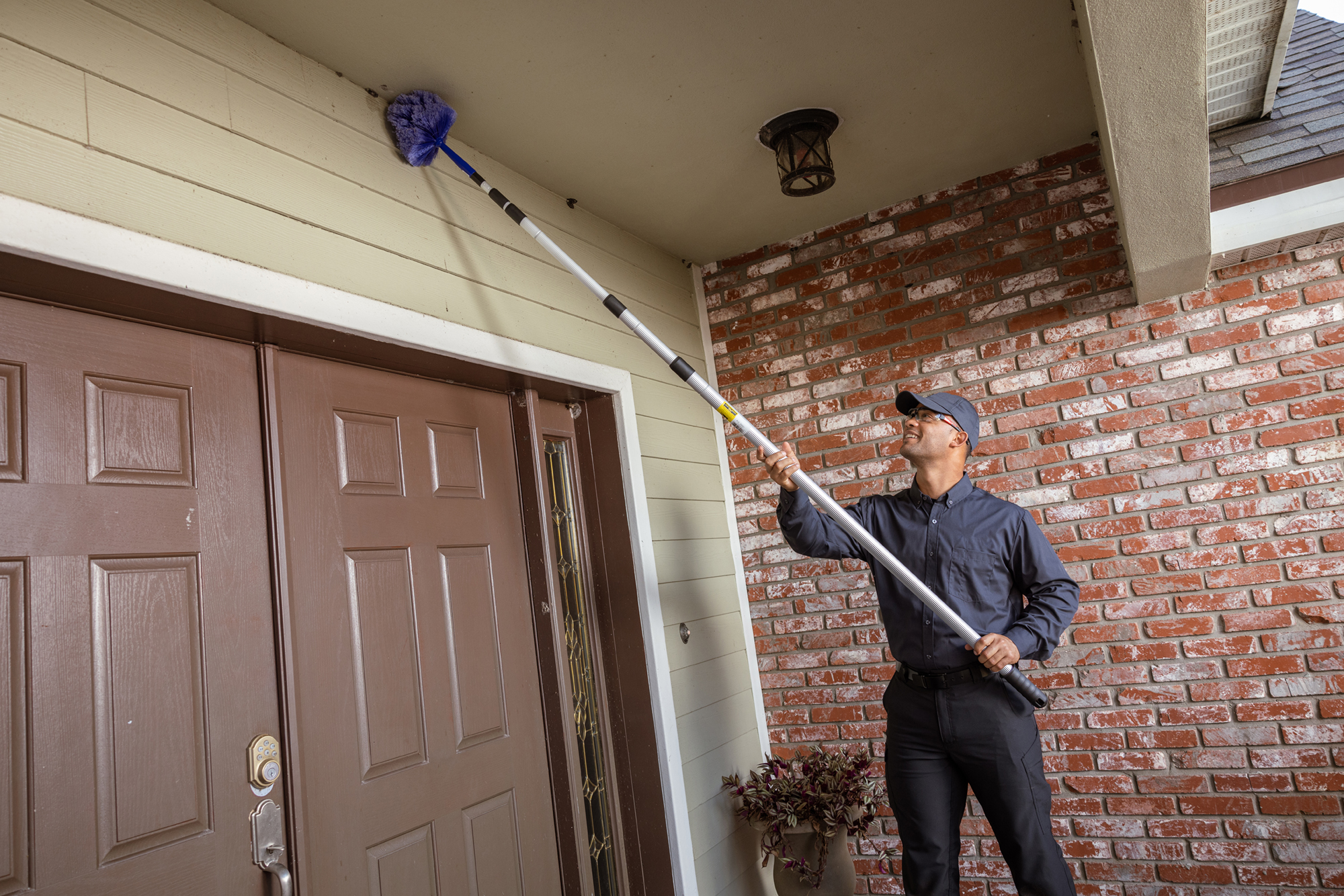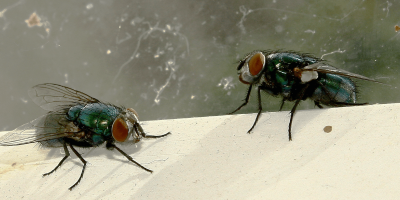Pest Entry Points in Aging Buildings

Top Pest Entry Points in Older Multifamily Buildings
Managing older multifamily buildings presents unique pest control challenges. Over time, wear and structural changes create entry points that pests exploit to enter and spread throughout your property. For property managers and maintenance teams, understanding these common access points is essential to prevent infestations, protect tenant comfort, and avoid costly repairs.
Why Older Buildings Are More Vulnerable
Older buildings often develop cracks, gaps, and areas of deterioration due to settling, weathering, and aging materials. Unlike newer constructions, they usually lack modern pest-proofing features such as sealed vents and pest barriers. These vulnerabilities make it easier for rodents, insects, and other pests to find their way inside and establish themselves.
Additionally, older buildings may contain legacy materials such as plaster, wood, and insulation that are more susceptible to pest damage. Repairs and renovations carried out over the years can sometimes create unintended gaps or inconsistencies in the building envelope, further increasing access points. These factors mean pest management in older buildings requires a more vigilant and customized approach than in newer properties.
Common Pest Entry Points in Older Multifamily Properties
Understanding where pests are most likely to gain access helps property managers prioritize inspection and maintenance efforts. While every building is unique, these five entry points consistently rank as the most common and problematic in older multifamily properties.
1. Cracks and Gaps in Foundations and Walls
Over time, foundations settle and concrete can crack, creating narrow openings that mice and rats can squeeze through. Gaps around pipes or utility lines penetrating walls are often overlooked but are common invasion routes.
2. Door and Window Frames
Worn-out weather stripping, damaged seals, and poorly fitting doors or windows allow pests like ants, cockroaches, and rodents to slip inside. Basement and utility room entrances are frequent weak spots.
3. Roof and Eaves
Damaged shingles, missing flashing, or gaps near vents and chimneys provide easy access for birds, squirrels, bats, and insects. Attics and roof spaces are attractive nesting areas if left unsecured.
4. Plumbing and Drain Lines
Older plumbing systems may have deteriorated seals, loose connections, or dry traps that let pests like cockroaches and drain flies enter through drain lines and pipes.
5. Utility and Cable Openings
Cable, phone, and electrical conduit entries often have unsealed gaps, allowing pests to enter walls and ceilings. These are frequently missed during inspections.
Why You Need to Address These Entry Points
In addition to structural vulnerabilities, seasonal changes can exacerbate pest problems. During colder months, pests seek warmth and shelter, often pushing indoors through even the smallest gaps. In warmer months, increased moisture and vegetation growth near buildings provide more attractants and access points. Recognizing these seasonal patterns can help you time inspections and treatments for maximum effectiveness.
Ignoring these vulnerabilities doesn’t just invite pests in; it also puts your building at risk of secondary damage. Rodents can chew electrical wiring, increasing fire hazards, while insects like termites can compromise wood structures. These risks translate to higher repair costs and potential liability issues. Beyond physical damage, unchecked pest infestations can drive tenants away, harm your property’s reputation, and lead to regulatory fines if health codes are violated.
Practical Steps for Property Managers
Regular building inspections focusing on these common entry points are essential to protecting your property. By sealing cracks, repairing worn weather stripping, maintaining roof integrity, and ensuring plumbing seals are intact, you can significantly reduce pest access. Incorporating exclusion services into your pest control plan adds an extra layer of protection against costly infestations. Additionally, training your maintenance staff to recognize early signs of pest activity ensures swift action before problems escalate.
Partner with JP Pest for Comprehensive Pest Exclusion
At JP Pest, we specialize in identifying and sealing pest entry points in older multifamily buildings. Our tailored exclusion services combine thorough inspections with effective sealing solutions to safeguard your property and tenants.
Contact us today to schedule a consultation and learn how we can help protect your building from pest invasions.
Explore our Commercial Pest Control Services to learn more about the full range of services we offer.



